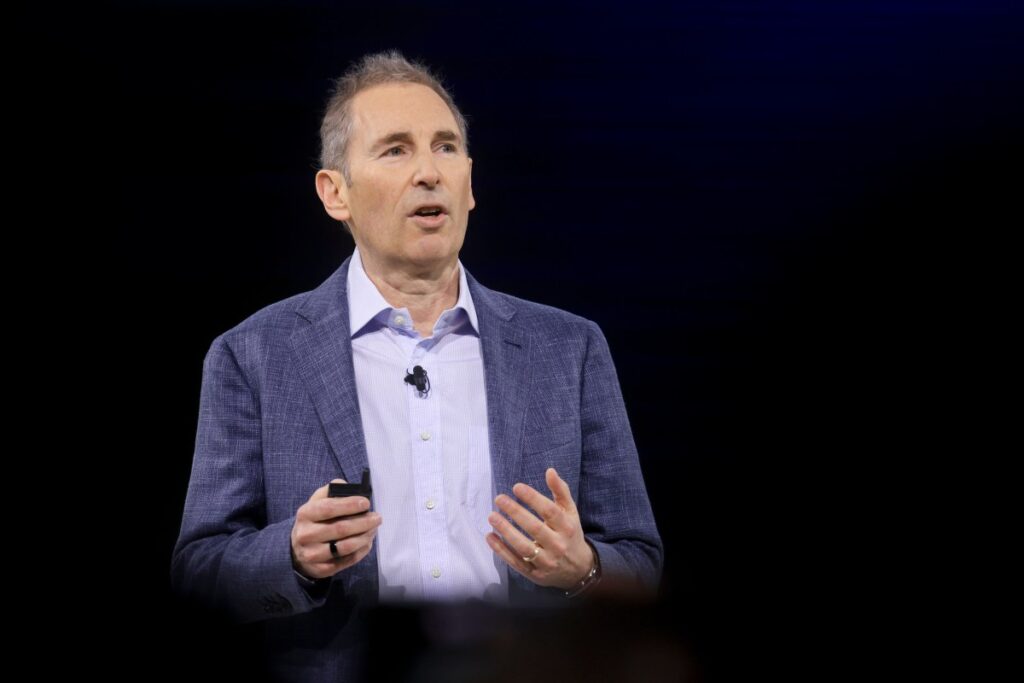Amazon Unveils Alexa+: A Step Forward in Digital Assistants
Amazon has introduced its upgraded digital assistant, Alexa+, to a select group of users, surpassing 100,000 in its initial rollout, according to CEO Andy Jassy’s remarks during the company’s recent earnings call. This marks a significant but early step in the journey of a technology designed to transform user interaction.
Overview of Alexa+
Launched initially in February, Alexa+ aims to offer a more conversational interaction style. This enhanced digital assistant is built on generative AI, enabling it to generate unique responses dynamically, similar to systems seen in OpenAI’s ChatGPT and Google’s Gemini. This contrasts with the fixed response patterns of legacy assistants like the original Alexa and Siri.
Current Limitations and Future Enhancements
Despite its ambitious goals, Alexa+ currently lacks certain key functionalities showcased during its initial demonstration. As noted by The Washington Post, the assistant does not yet support third-party applications such as GrubHub or features like generating bedtime stories or gift ideas. The timeline for these enhancements remains unspecified.
Jassy assured users that additional capabilities are on the horizon, stating, “We have a lot more functionality that we plan to add in coming months.”
Aspirations for Accuracy
During the earnings call, Jassy emphasized the necessity for improvement in Alexa+’s functionalities. He described the technology as “primitive” and “inaccurate,” noting that typical multi-step AI agents currently achieve an accuracy rate between 30% and 60%. Amazon aims to enhance its web-browsing agent, Nova Act, with a target accuracy of 90%.
Comparative Progress: Amazon vs. Apple
As Amazon advances its Alexa+ integration, the company appears to be outpacing Apple in similar developments for Siri, which also uses large language models (LLMs) for enhanced performance. Apple CEO Tim Cook mentioned the need for more time to refine Siri, underscoring the complexities both companies face in modernizing their respective digital assistants.
Obstacles in Integration
Both Amazon and Apple have encountered significant challenges in integrating generative AI into their systems. The complexities of enabling LLMs to perform practical tasks—such as setting timers and reading messages—have proven to be more daunting than anticipated. Nevertheless, both tech giants remain committed to overcoming these hurdles to improve user experience.


